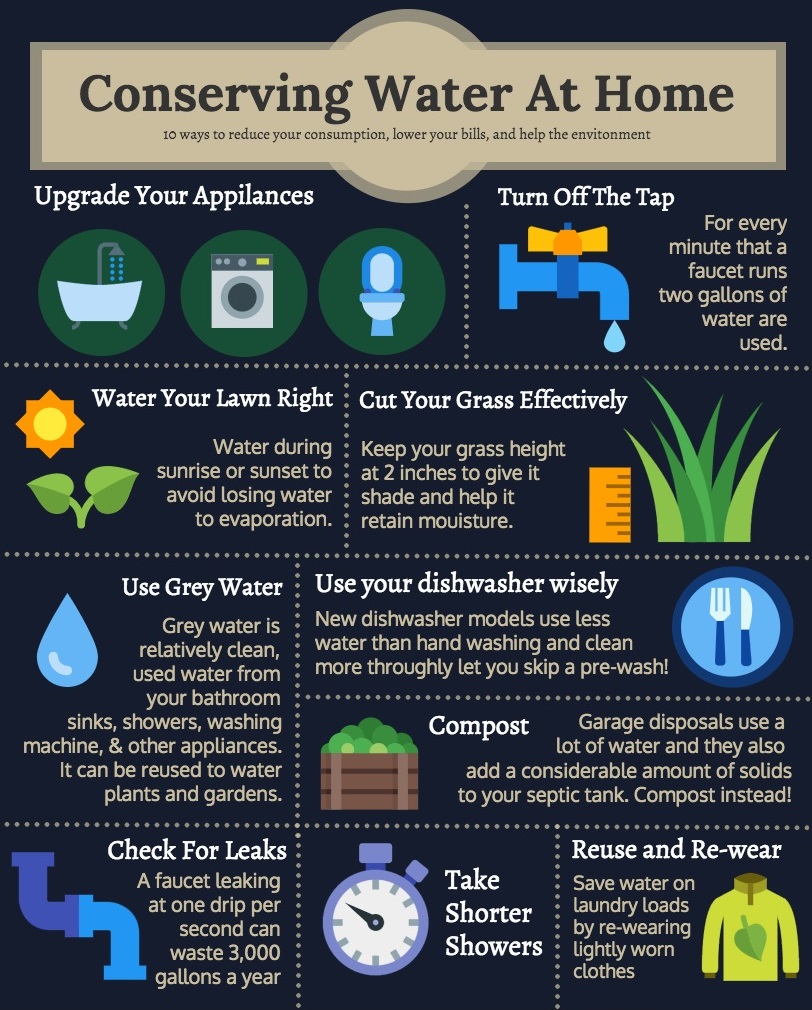
Water is a precious resource, yet it’s often wasted in many homes. With rising global water scarcity, conserving water has become a necessity. By adopting simple and effective methods, every household can contribute to the cause. Here are some key techniques to help you save water at home.
1. Repair Leaks Without Delay
Even minor leaks can waste substantial amounts of water over time. Regularly checking faucets, pipes, and toilets for leaks and fixing them quickly can save hundreds of liters of water every month.
2. Opt for Water-Efficient Fixtures
Switching to water-saving devices like low-flow showerheads, aerators, and dual-flush toilets is an excellent way to reduce water consumption. These fixtures are engineered to minimize water usage while maintaining high performance standards.
3. Smart Gardening Practices
For outdoor areas, use drip irrigation systems to water plants directly at the roots. Watering gardens during early mornings or evenings minimizes evaporation. Choosing drought-resistant or native plants can also help reduce water requirements.
4. Utilize Rainwater Harvesting
Collecting and storing rainwater is a sustainable way to meet water needs. Rainwater can be used for irrigation, washing outdoor spaces, or even flushing toilets. Installing rain barrels or tanks makes this process simple and effective.
5. Conserve Water in the Kitchen
The kitchen is a major source of water usage. To save water, run the dishwasher only when it’s full and avoid washing fruits or vegetables under running water collect this water to irrigate plants instead. Additionally, defrost food in the refrigerator rather than under running water.
6. Save Water While Doing Laundry
Washing machines use large amounts of water. To save, only run full loads and switch to high-efficiency machines when possible. These models are designed to use less water and energy.
7. Reuse Greywater
Greywater from sinks, showers, and washing machines can often be repurposed for non-drinking purposes like irrigation. Installing a greywater recycling system allows for practical reuse, reducing reliance on fresh water.
8. Adopt Water-Conscious Habits
Small adjustments in daily habits can lead to significant water savings. For instance:
1. Turn off the faucet while brushing your teeth.
2. Take shorter showers.
3. Use a broom instead of water to clean driveways or patios.
9. Get Everyone in the Home Involved
Educating household members about water conservation is vital. Encouraging everyone to adopt water-saving habits ensures collective effort and greater impact. Engage children by turning conservation into a fun and rewarding activity.
10. Track Water Usage
Smart water meters and apps are now available to monitor water consumption. They can help you identify areas of wastage and optimize water use effectively.
Why It Matters Saving water isn’t just about reducing your utility bills, it’s about preserving a vital resource for future generations. By making small changes in daily routines and investing in water-saving systems, every household can contribute to solving the global water crisis. Together, these efforts can make a big difference.
Water sustains life, and conserving it is our shared responsibility. Let’s take meaningful steps to ensure a sustainable future for all.


